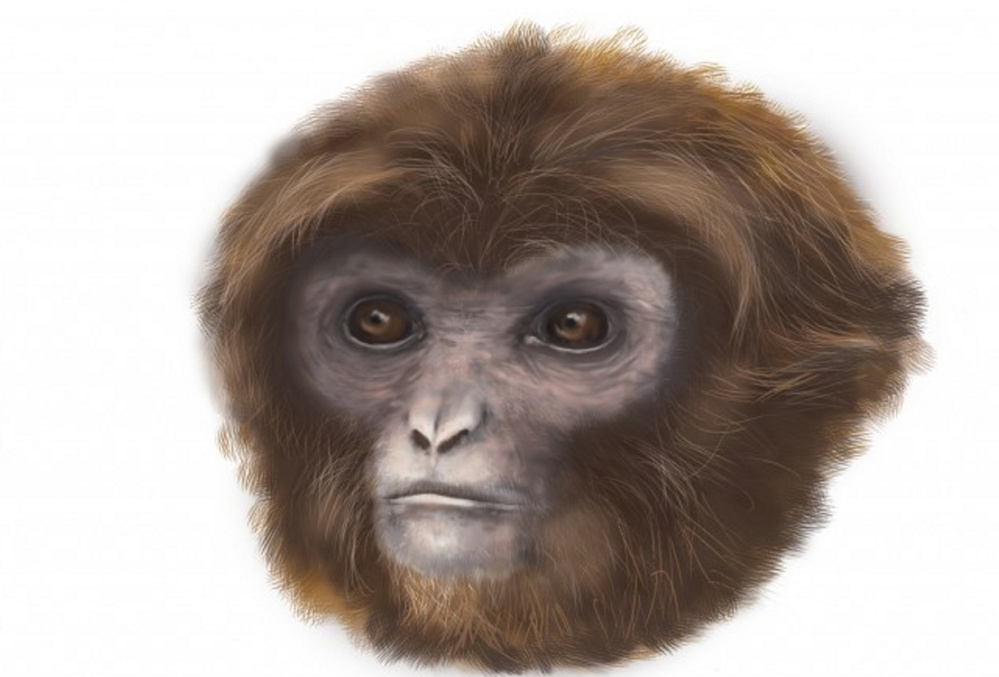The Washington Post
A newly discovered species of primate may rewrite the history of great apes – the group that includes humans.
The new species, named Pliobates catalonia and described in a study published Thursday in Science, has been placed at the base of the ape family tree. The researchers who discovered the species believe it to be a direct descendant of a common ancestor of all apes – the great apes like ourselves, gorillas and chimps, and the so-called lesser apes, also known as gibbons.
Except for their lack of tails, gibbons could easily be mistaken for monkeys. They’re smaller than great apes, and quite clearly less related to humans. Pliobates catalonia, which lived about 11.6 million years ago, would have been a similar size. But although it’s gibbon-sized and lived after the presumed divergence of the branches of the ape family tree, Pliobates catalonia has features that make it seem like a great ape ancestor.
This fossil itself came along too late to be a common ancestor of all living primates, according to previous molecular analysis of our evolutionary history. Based on that analysis, the split happened between 15 million and 20 million years ago. But the researchers believe it could be a direct descendant of that last common ape group, before the split occurred.
And if that’s really the case, it might refute a long-held notion that our common ancestor was like a great ape. We may have all descended from something quite gibbon-like.
“This way Pliobates provides a lot of insight on how this last common ancestor of all extant hominoids might have looked like,” lead study author David Alba of the Miquel Crusafont Catalan Institute of Paleontology told The Post. “In particular, Pliobates indicates that gibbons must not necessarily be a dwarfed lineage, and suggests instead that the last common ancestor of both lesser and great apes was, at least in several respects – such as skull shape and body size – more gibbon-like than previously thought. This thus has implications for the origin of gibbons, which is quite important if we take into account that there is no known fossil record of gibbons for at least their first 10 million years of evolutionary history.”
It’s possible that the fossil, nicknamed Laia, is simply another gibbon ancestor. Her more great-ape-like features could be the result of an evolutionary coincidence. Because Laia is too old for molecular analysis, there’s no real way of knowing. But as a possible glimpse into our past, she’s certainly providing paleontologists with food for thought.
Send questions/comments to the editors.



Success. Please wait for the page to reload. If the page does not reload within 5 seconds, please refresh the page.
Enter your email and password to access comments.
Hi, to comment on stories you must . This profile is in addition to your subscription and website login.
Already have a commenting profile? .
Invalid username/password.
Please check your email to confirm and complete your registration.
Only subscribers are eligible to post comments. Please subscribe or login first for digital access. Here’s why.
Use the form below to reset your password. When you've submitted your account email, we will send an email with a reset code.